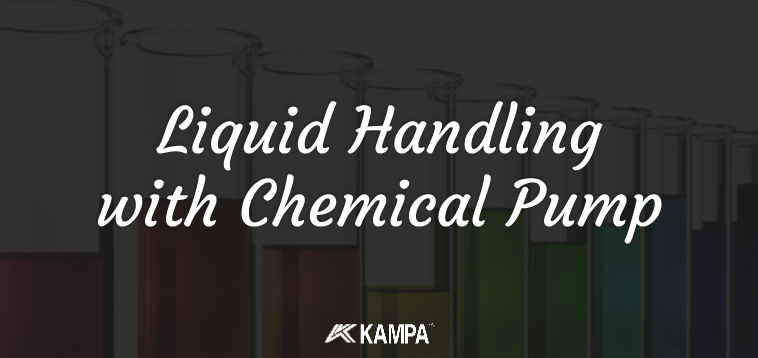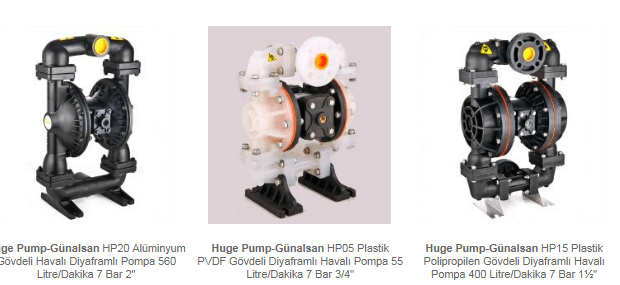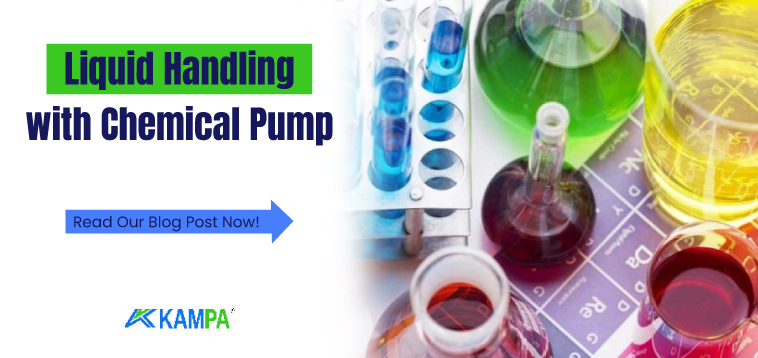Liquid Handling with Chemical Pump
The chemical pump is used to transfer highly corrosive or volatile, i.e. hazardous, chemical substances. They can affect a person’s health, cause litigation problems in case of serious harm, and contaminate the environment and our food.
For industrial buildings, these hazards make it of paramount importance that personnel, procedures and plant equipment are reliable. This article deals with pumping considerations for the safe handling of various hazardous chemicals.
Hazard of Chemicals
Many chemicals and solvents are used in the production of all kinds of consumer goods and industrial processes. These chemicals can be used as part of the production process, such as processing, pharmaceutical industry or waste treatment.
Chemicals can also be used to treat, for example, metals for cleaning or for cleaning equipment used in hygienic food processing. Chemicals can also be components of solutions commonly used as solvents in adhesive compounds.
When inhaled, these solvents can affect the central nervous system, for example causing amnesia and a known danger for cancer.
Sulfuric acid is the most widely used acid in industry. It is used in fertilizer production and as an electrolyte in car batteries. Sulfuric acid in contact with skin causes severe burns;
It is therefore important to adjust the production process so that the risk of leakage during the pumping of chemicals is eliminated.
The background of the chemical substance is also important. Hydrochloric acid, for example, can cause long-term health threats to workers by damaging eyes, tooth enamel and the respiratory system.
Since volatile substances such as hydrofluoric acid or acetone are highly toxic, the evaporation of these volatile substances should be minimized for the health of the plants.
Most of the time chemicals arrive at the factory in drums or containers, from where they are transferred to the production area to reactors, storage tanks or production lines. In the production process it is diluted, mixed with other chemicals or solids in suspension.
When the chemical is mixed with different materials, it may need to be passed through a filtration system to recover the original chemical. As these chemicals pose a threat to the local environment, they require treatment to reduce or completely eliminate the risk of leakage or incidents.

Leak-free Operation and Chemical Containment
Tightness is the most important feature for the safe operation of a pump.
“A pump is only as good as its seal” is a well-known saying in the world of industrial pumps. The pumping principle often imposes limitations on the type of sealing that can be used. This is explained in detail by comparing pumps with sealed seals to seal pumps.
Rotary Shaft Sealed Chemical Pump
Most shaft seal pumps e.g. rotary lobe pumps, centrifugal pumps, gear pumps and vane pumps require a sealing mechanism between the rotating shaft and the pumped liquid.
The simplest method is to use packing glands. The disadvantage when using packing rings is heat generation which can lead to problems in hazardous areas of the Chemical. For the chemical pump, the packing requires constant maintenance due to abrasive wear, the packing rings must be tightened, but the risk of inherent leakage is always present.
Chemical Pump with Mechanical Seal
A mechanical seal provides a safer solution and is a much more common feature in process pumps than sealed pumps. The mechanical seal provides spring tension between the sealing faces forming a continuous sealing surface with the process fluid acting as lubricant and coolant.
As the mechanical seal rotates towards a stationary face, the seal will be subject to abrasive wear. As a result of using a single mechanical seal, ‘leaking’ fluid may be visible and evaporate, causing the background presence of the evaporating chemical or, even worse, the ‘release’ of the fluid into the atmosphere.
Where a double mechanical sealing system is in place, the main seal will either require inspection and eventually the seal will go through abrasive wear or fail, causing a drop in pressure or liquid level during extinguishing, which will generate an operator alarm.
If the pump is not alarmed or attended, the secondary seal may also deteriorate, resulting in its release into the atmosphere.
Air Operated Double Diaphragm Chemical Pump
Standard air operated double diaphragm (AODD) pumps are manufactured from metal or injection molded plastics such as Polypropylene or PVDF. These materials can handle most common chemicals and solvents; but for some compounds it is difficult to choose the right chemical pump material.
If higher temperatures are required, molded plastic pumps are limited to + 90°C. Diaphragms can be made of different materials (rubber or thermoplastic), but mostly PTFE diaphragms are used for chemicals and solvents. Diaphragms separate the pumped liquid from the air chamber.
Different parts of the pump may have limitations due to the properties of the materials, such as hardness, temperature limitations, chemical resistance or expense.
In the event of a diaphragm rupture, liquid will pass through the diaphragm and enter the air section. Unless it is made of a 100% chemically resistant material, the air section will leak to the medium. A leak detection sensor placed in the air section can help detect rupture of the diaphragms.
However, it is far from ideal as the sensors are placed on the air side of the pump. A rupture detection only occurs when the pumped chemicals escape into the pre-compressed air and the pump is removed to atmosphere before the sensors detect the breach.

Conclusion;
Critical Points When Choosing a Chemical Pump
If you wantto buy a chemical pump for your business, you can reach the leading brands from Kampa Company and get support from our technical staff to find the most suitable pump for your needs.
Click here for detailed information about water pumps.
Leave a comment if you found it useful!

